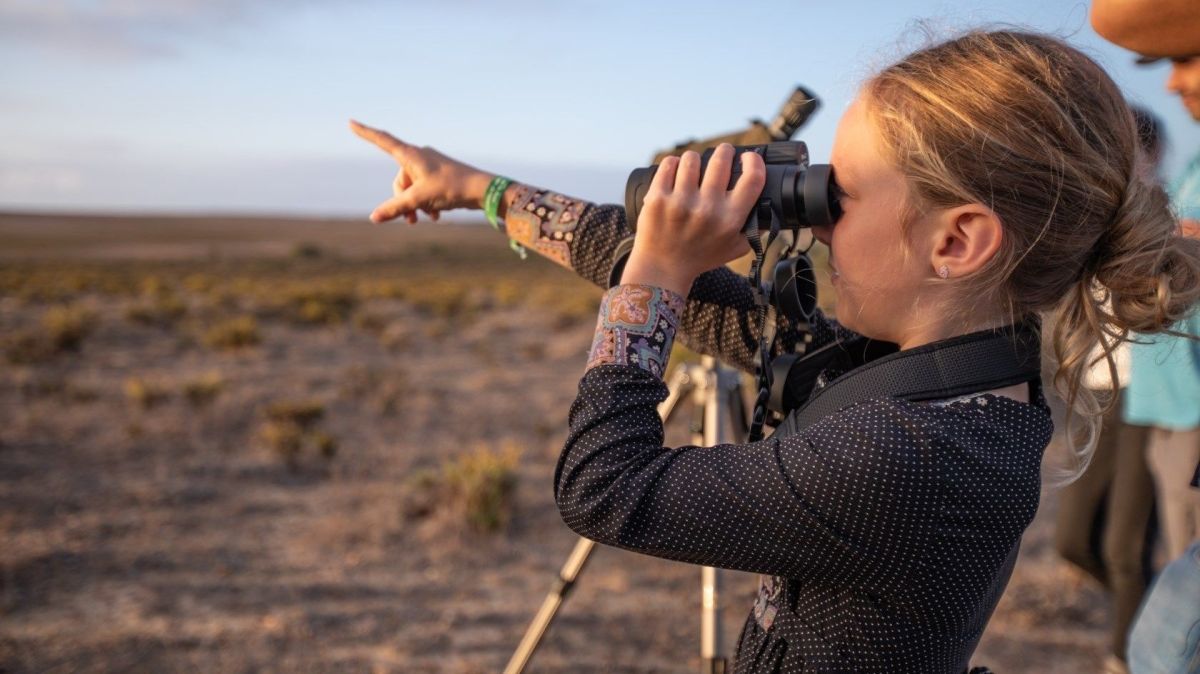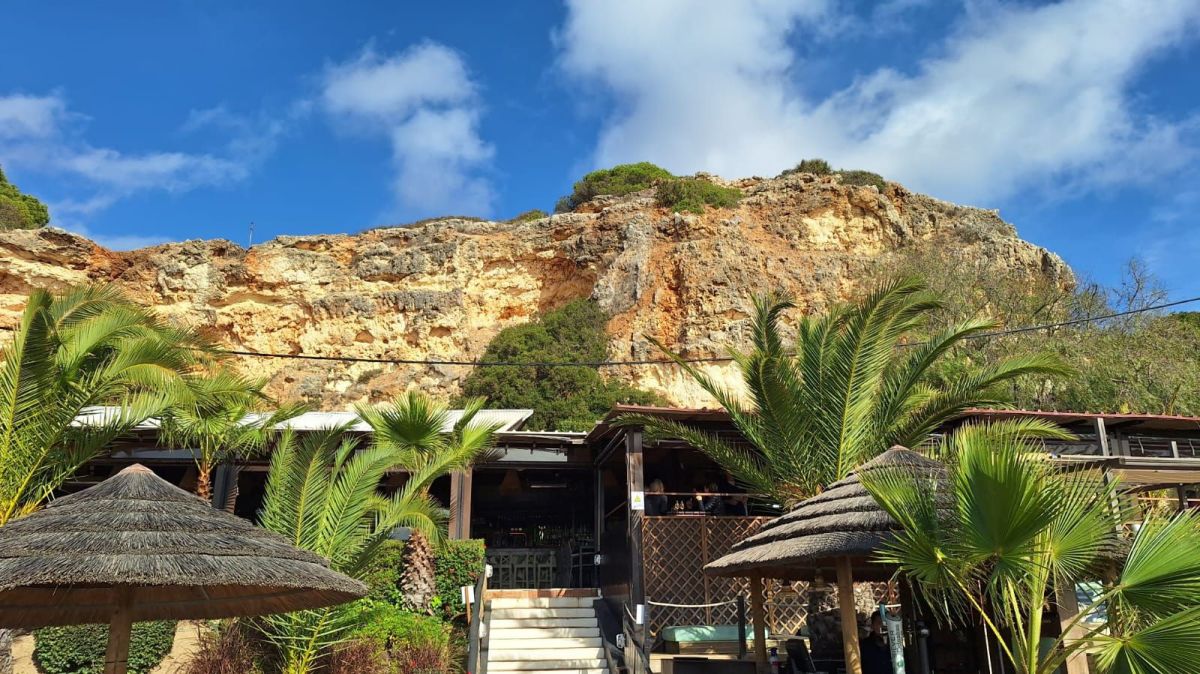Woodpeckers are not considered a threatened species by the IUCN, being widely distributed and quite common. The one doing the tapping on wood here is most likely to be either the lesser or greater spotted woodpecker, but there are two other species, the Iberian green and the wryneck - a much rarer small bird that looks nothing like a woodpecker, and is so named for its ability to turn its head almost 180°. Like the true woodpeckers, wrynecks have large heads and long tongues for extracting their insect prey, but don’t have the stiff tail feathers of true woodpeckers, and are more likely to be seen perched on a branch rather than on an upright trunk. Their chief prey is ants and other insects, which they find in decaying wood or almost bare soil, and will re-use woodpecker holes for nesting rather than making their own holes.
One of the top reasons for tapping by the true woodpecker is to find food. Their pecking creates vibrations that disturb the insects, allowing the woodpecker to locate and eat them.
Is anybody there?
Woodpeckers can often be seen pecking on telephone poles – but in this instance, they are just making a lot of noise, and it is a territorial thing, in defence of their own territory – and in the spring, it is usually to attract mates. Utility poles often stand alone in the open, which gives the ‘woody’ a good place to be seen.
Drumming doesn’t give woodpeckers headaches!
Woodpeckers have a head for pecking, but their brain is tiny, and this is apparently something that helps prevent injury – the bigger the brain, the higher the mass and thus the higher the risk of brain injury, so size is important, in this case at any rate. Another factor that protects woodpeckers is the limited time the tree and their bill are in contact. It's brief—just one-half to one millisecond, and by comparison, a typical human head injury happens between about three and 15 milliseconds.

Boneheaded
The outside of a woodpecker's skull is made of dense bone, while the inside is porous bone, and the force of pecking is distributed around the skull to the sturdy bone at the base and the back of their heads.
Their brains also fit snugly into their skulls, preventing the brain from moving around inside, and the orientation of the brain is also important – it apparently sits at an angle towards the back of its head, like half an orange with the flat side facing the front, which crates more surface area to absorb those pounding blows. A 2011 study suggested that the hyoid apparatus, a bone-and-muscle structure that wraps around a woodpecker's skull, also keeps the brain safe.
Damaging telegraph poles
According to an issue of ‘The Scotsman’ back in 2014, woodpeckers were said to be damaging telegraph poles in parts of Scotland because their constant drilling of holes over the years had caused water to seep into them, and they were rotting from the inside – to such an extent that the wooden poles were unsafe to be climbed anymore, and had to be replaced!
Do woodpeckers damage trees?
However, woodpecker holes themselves do not kill trees, but their activity does create wounds that make the tree more susceptible to insects and disease.
The nesting hole, neat and round, is bored in soft or decaying wood horizontally for a few inches, then perpendicularly down. At the bottom of a shaft, usually some 15cm – 30cm in depth, a small chamber is excavated and lined with wood chips. The woodpecker shows no marked preference for particular trees, but they invariably select trees that have soft heartwood and tough sapwood. It is unknown how they select a suitable tree, though it is likely that they do so by drumming, making use of the differing sounds in materials with differing densities. Tree species which are rarely or never used for nesting might simply not have wood with the required properties.
As a power animal, a totem, and a spirit animal, the woodpecker stands for strength, opportunity, wisdom, kindness, courage, foresight, and protection.
Marilyn writes regularly for The Portugal News, and has lived in the Algarve for some years. A dog-lover, she has lived in Ireland, UK, Bermuda and the Isle of Man.














